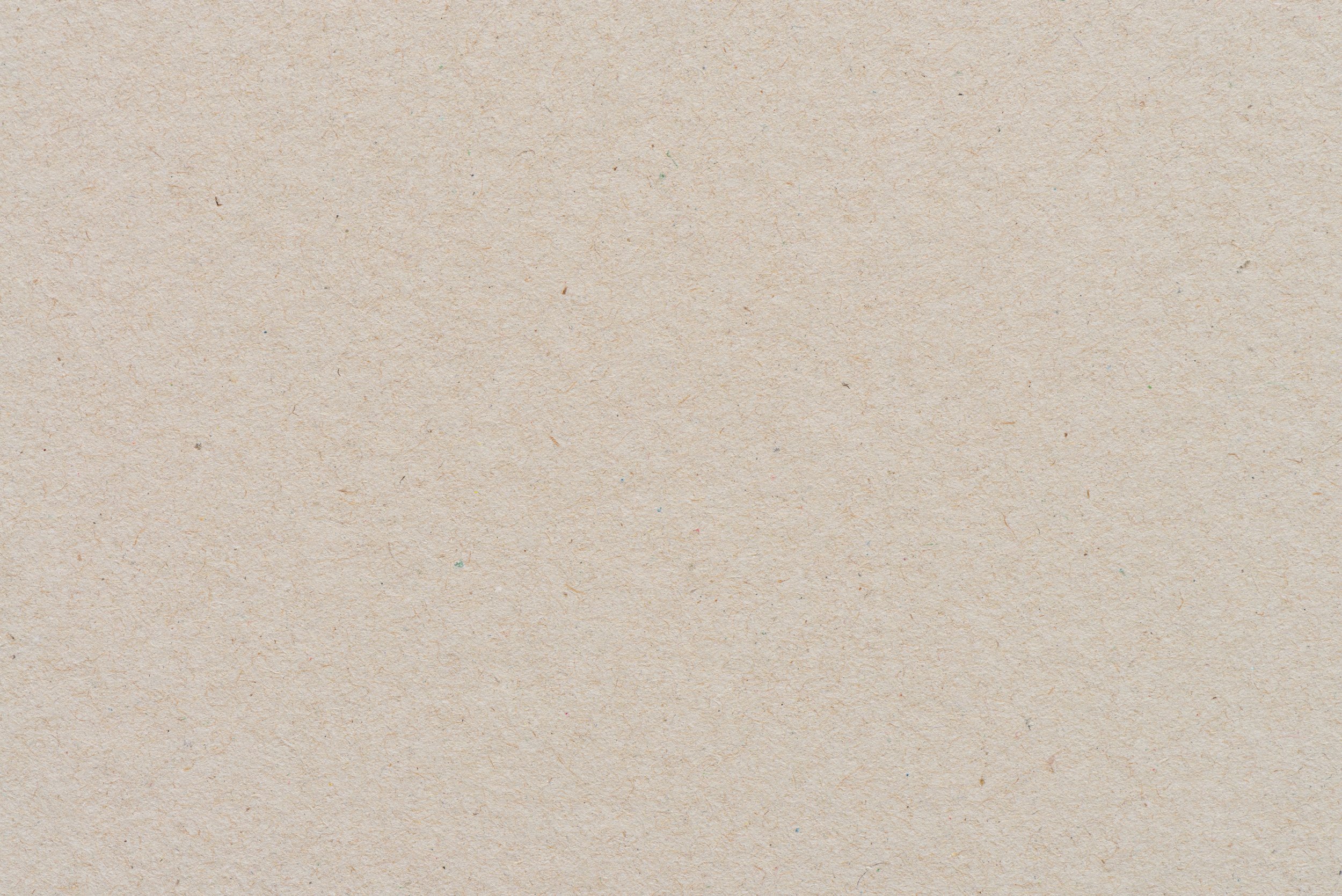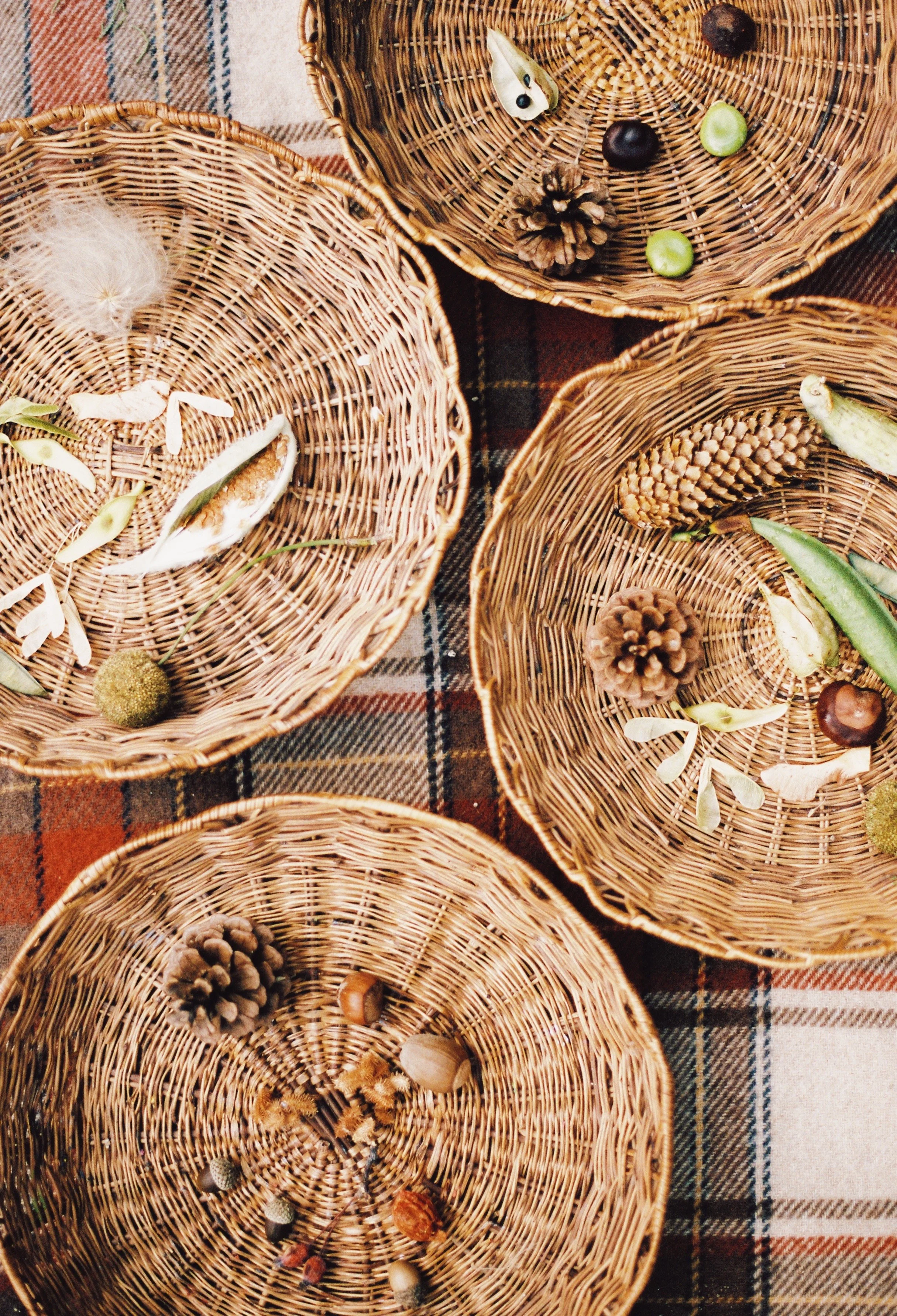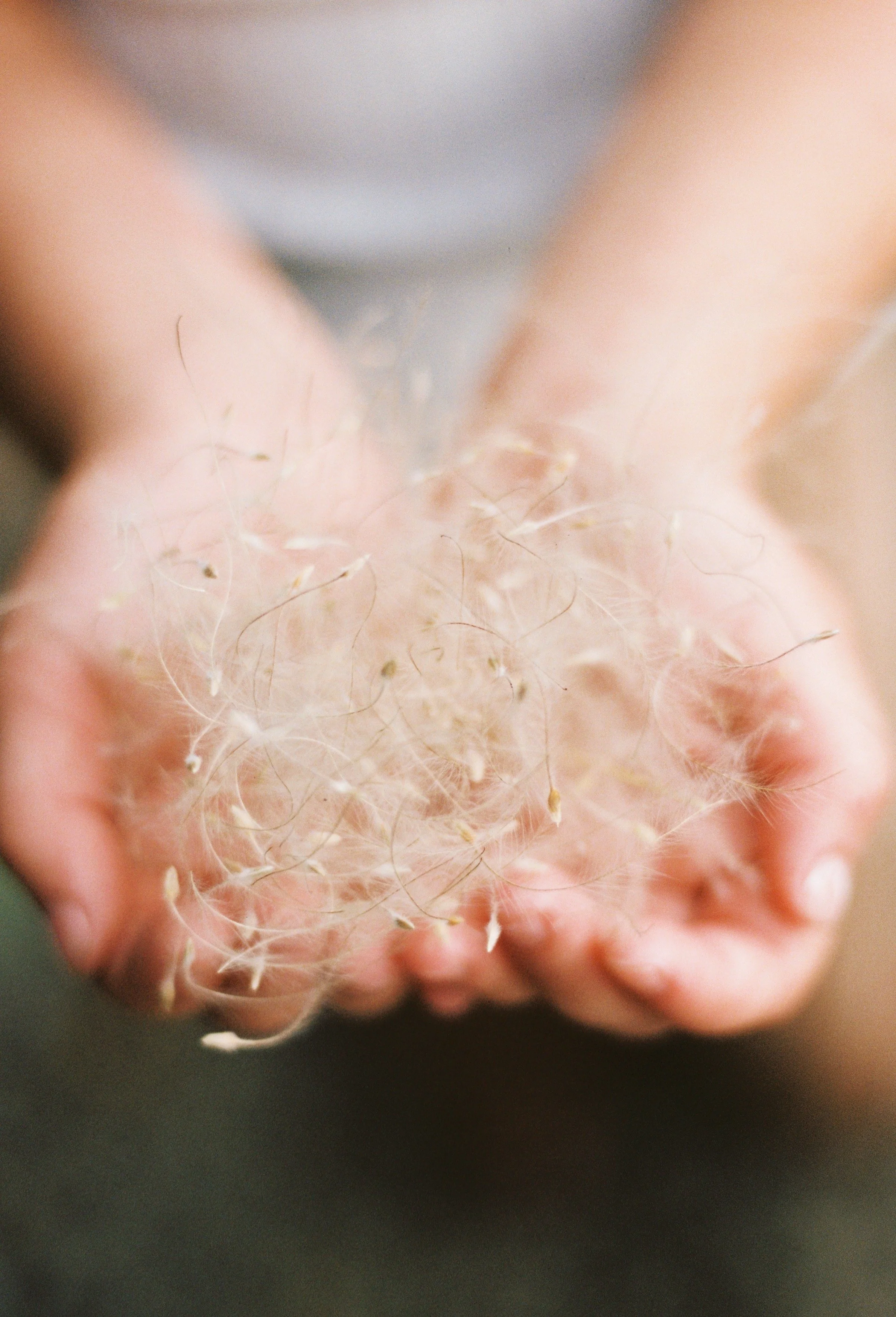
How do seeds move?
LESSON 5
Children explore and experiment with various seed movement methods, and categorize seeds accordingly.
Seeds you collected on day 3
4 bowls
The book, “Seeds Move!” by Robin Page
A bowl of water or gentle stream
Maple seeds (helicopter seeds)
Materials
Preparations
Gather materials for the lesson
Introduce the phenomenon of maple seed movement to engage children.
Facilitate active observation and exploration of how maple seeds move.
Guide the reading of "Seeds Move!" and encourage children to share related experiences.
Supervise and manage the seed movement experiment, aiding in categorization.
Assist children in sorting seeds into movement-related categories.
Objectives for Teachers
Children observe and explore how maple seeds move, igniting curiosity.
Children engage in storytime with the book "Seeds Move!" and share related experiences.
Children experiment to categorize seeds by movement methods.
Children sort seeds into categories such as wind, water, animal, and gravity.
Children engage in meaningful discussions about the significance of seed movement.
Objectives for Children

Collect and Connect
Play would you rather.
Practice saying the poem with the actions you came up with.
Growing
Inside the seed,
All bundled up tight
A tiny plant grows,
Needing water and light,
I’ll plant it in soil,
Let it catch the sun's glow,
Then water it gently,
And watch the plant grow.

Activity Flow
Introduction: Begin the lesson by sharing an exciting phenomenon. If available, gather a few maple seeds (helicopter seeds) beforehand. Show your child these seeds and toss one into the air, inviting them to observe how it helicopters down. Encouraging them to play with the maple seeds and notice their unique movements.
Following the introduction, share that you have a fun story about different ways seeds move. Ask your child if they're familiar with any of the ways seeds move. Allow them to share guesses and answers before reading the story.
Sit down together to read "Seeds Move!" aloud. If you have personal experiences related to the story, share them. For instance, recount memories of getting burrs stuck in clothing or hair. Encourage your child to also share any related experiences they might have had.
Seed Movement Experiment: After the story, introduce the day's activity. Explain that you'll be exploring how seeds move using those collected in lesson 3. If possible, do the activity outdoors, preferably near a stream. If a stream isn't available, you can use a bowl of water. Collect 4 bowls or baskets to classify the seeds based on their movement.
Work together to categorize the seeds based on their movement methods. Our categories were wind, water, animal, and gravity. Some seeds might fit into multiple categories.
Evaluate each seed by asking the following questions:
Does the seed sink or float? If it floats, it goes in the water category.
Does the seed stick to clothes? If yes, it's a hitchhiker and belongs in the animal category.
Do humans or animals eat this seed? If so, it's in the animal category. Discuss animal behaviors like burying seeds and their role in seed dispersal.
Does the seed glide or float in a unique way? If yes, categorize it as wind-moved.
Does the seed fall due to gravity alone? If yes, place it in the gravity category.
Why is it important for seeds to move?
Why do you think seeds move in different ways?
What do you think would happen if seeds didn’t move?
If you were a seed, which seed would you want to be and how would you move?
6. Discussion and Deeper Thinking: Following seed categorization, spark discussion with questions:




